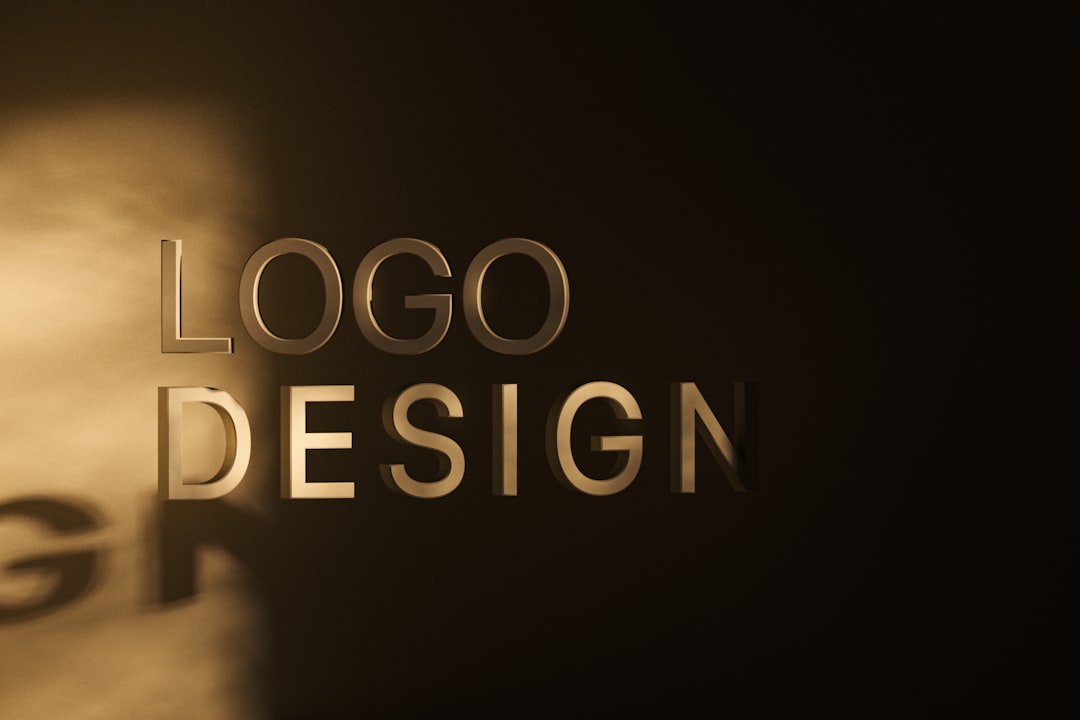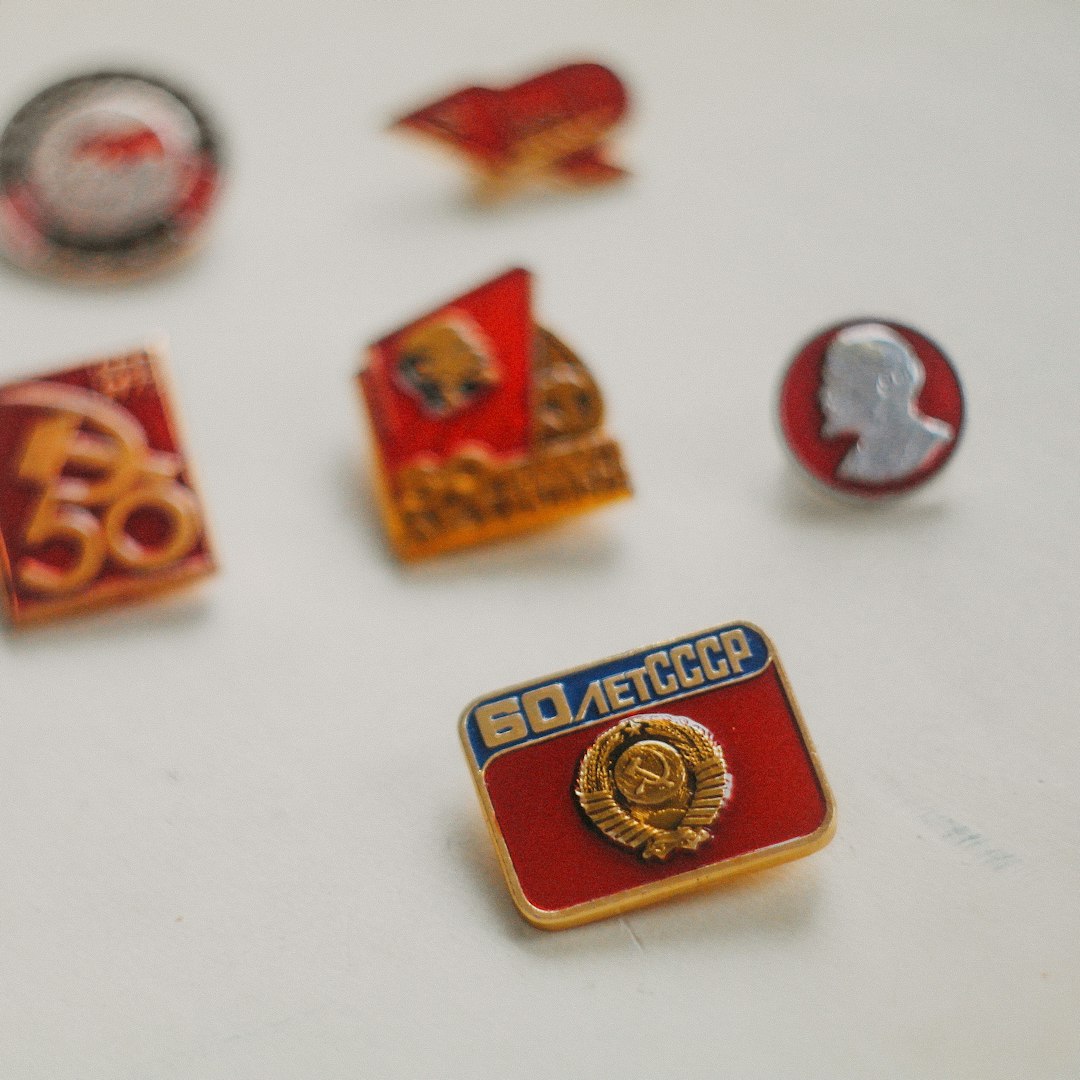Logos are far more than just visual identifiers; they’re emblems of identity, tone, and expectation. In the world of events—be it festivals, conferences, sports tournaments, or cultural celebrations—logos often evolve annually or emerge as special limited editions. This approach fuels brand engagement, generates buzz, and even elevates memorabilia into collectible status.
Contents of Post
TL;DR
Annual logo variations and limited edition designs are strategic tools in event branding. They keep the identity of recurrent events fresh and relevant while offering new forms of audience engagement. These editions can highlight themes, partners, and milestones, making logos more meaningful and collectible. Done correctly, they can increase brand equity and fan enthusiasm exponentially.
Why Change a Logo Every Year?
At first glance, altering a logo annually might appear disruptive to brand consistency. But for event organizers, it presents a valuable opportunity. Here are several compelling reasons behind annual logo redesigns:
- Reinforce novelty: A new logo signals something special about this year’s event, whether it’s a milestone, a new sponsor, or a unique theme.
- Capture current aesthetics: Design trends shift quickly. Annual logos give brands a chance to stay visually relevant.
- Boost merchandise sales: Limited-year merchandise becomes instantly collectible, prompting attendees and fans to make purchases they might otherwise skip.
- Commemorate milestones: Whether it’s the 10th anniversary or return after a hiatus, unique logos help mark the moment more memorably.
Celebrated Examples of Annual Variant Logos
Some events have mastered the art of annual logo evolving. Let’s explore a few:
1. Olympic Games
While the Olympic rings remain the global emblem, each host city is given the creative freedom to develop a unique logo reflecting its culture, the spirit of the Games, and modern design trends. From London’s sharp, geometric 2012 design to Tokyo’s minimalist 2020 logo, these annually changing visuals represent global unity through local expression.
2. Super Bowl
Even the Super Bowl, an event synonymous with tradition, embraces logo variants. Each year incorporates the game’s number—often in bold Roman numerals—and, more recently, motifs tied to the host city or stadium.

3. FIFA World Cup
Like the Olympics, the FIFA World Cup features a base identity but grants creative freedom to represent the host nation’s flavor, culture, and design principles. These yearly logos become iconic and widely circulated on gear, tickets, and digital platforms.
4. Music Festivals
Festivals like Coachella and Lollapalooza often update their logos or incorporate annual graphic motifs. These visual cues help tie together marketing material—from posters to social media—and give each year its own unique flair.
Limited Edition Logos: Adding Exclusivity and Engagement
Separate from annual variations, limited edition logos are purpose-driven graphics created for special one-time use. These may celebrate:
- Milestones: 10th, 25th, or 50th anniversaries.
- Partnerships or sponsorships: For example, a logo may display a famous co-brand in collaborative colors.
- Commemorative moments: Such as tributes to individuals, remembrance of global events, or environmental milestones.
Limited editions typically come with time-bound branding—from banners onsite to co-branded merchandise—and are often announced with extra fanfare to boost interest and exclusivity.
Design Strategies for Annual and Limited Logos
You can’t just slap a new date on an existing logo and call it a variant. Successful event logos rely on well-planned design strategies:
1. Maintain Consistent Core Elements
Designers often keep certain elements unchanged year-to-year for continuity. These may include font styles, mascot shapes, or foundational colors. This helps form a visual “thread” tying past years together.
2. Integrate Local or Temporal Influence
Including colors, landmarks, or cultural motifs from the current year’s location or theme brings uniqueness. For example, a city-based marathon might feature iconic skyline silhouettes in the background of an annual logo.

3. Think Merchandise First
Annual logos are destined for t-shirts, hats, mugs, and more. Ensuring the logo works across various formats and sizes is crucial.
4. Balance Versatility and Identity
The logo must look at home on digital platforms, print flyers, social media icons, and wristbands. Flexible design is key to serving all mediums without losing integrity.
Challenges in Creating Annual and Limited Logos
While offering tremendous upside, the annual variant model isn’t without difficulties:
- Maintaining identity: Avoiding disconnection from the core brand while innovating visually every year is a balancing act.
- Cost and time: Creating a killer logo annually demands resources—often including outside designers, extensive brainstorms, and iterations.
- Risk of inconsistency: If the annual logos differ too wildly, they may confuse or alienate your audience instead of exciting them.
Collectibility and Fan Culture
Some fans go to extraordinary lengths to buy each year’s merchandise or collect limited edition badges and pins, especially when the logos carry sentimental or visual significance. Events often lean into this with:
- Limited release teasers: Dropping the logo for the upcoming event can become part of the promotional campaign and drive social media hype.
- Commemorative packs: Offering a “logo history” merchandise collection in milestone years as a collector’s dream.
- Pin trading: Common at sports and fandom-based events, pins with variant logos are among the most coveted items.

Technology and Digital Integration
As branding collides with technology, we’re seeing interactive and motion-based logos make their way into annual designs. Especially in virtual or hybrid events, this enhances digital engagement. Examples include:
- Augmented reality (AR) logos: Unlock digital experiences when scanned on posters or shirts.
- Animated logos: Used in apps, social media, or event countdowns, revealing dynamic storytelling elements.
- NFT-based exclusives: Digital collectibles of limited edition logos have become a niche but growing trend.
Expert Tips for Brands Considering Annual Logo Variants
Thinking of introducing annual or commemorative logos for your event? Here are some tips from branding professionals:
- Start early. Design ideation should begin as soon as the current event concludes.
- Don’t stray too far. Keep foundational elements consistent to maintain recognition.
- Get feedback. From loyalty clubs or social media polls, let your audience have input on what they’d love to see.
- Use it as a storytelling tool. Every year’s logo can enhance your event’s narrative arc.
Conclusion: A Logo Worth Remembering
Annual logo variants and limited edition designs aren’t just about aesthetics—they are strategic signals, marketers’ tools, and collectors’ dreams. When executed with care and creativity, they add richness to an event’s legacy and deepen audience connection year after year. As branding continues to evolve, expect these designs to become even more interactive, data-driven, and meaningful. If one image can capture the spirit of an entire year, these logos are closer to icons than mere illustrations.

